These Chow Mein Noodles are so savory and flavor-packed that they’ll have you tossing takeout menus for good. Read on for a simple guide to making amazing, restaurant-quality stir-fried noodles in your own kitchen that easily rival Chinese takeout.

Chicken chow mein is a popular Chinese stir-fry dish that combines thinly sliced chicken with chow mein noodles and a variety of vegetables like onions, cabbage, and carrots. The ingredients are quickly cooked over high heat and typically tossed in a savory sauce made from soy sauce, chicken broth, and other seasonings. The result is a flavorful, texture-rich dish that’s totally craveable.
Table of Contents
- Gather What You Need
- How are Chow Mein Noodles Different From Other Noodles at the Grocery Store?
- How to Make this Easy Chow Mein Recipe: Simple Step-by-Step Directions
- Make Ahead and Storage
- 5 Common Mistakes People Make When Cooking Chow Mein at Home
- Notes, Pro Tips, and Science-Based Secrets
- How to Serve This Chicken Chow Mein Recipe
- FAQs
- Homemade Asian Takeout Favs
- Chow Mein Noodles Recipe
Gather What You Need
Ingredients for Chow Mein Noodles
- Chicken breasts: Quick-cooking and lean, perfect for stir-fry.
- Soy sauce: The foundation for that familiar, savory taste. Using half light soy sauce and half dark soy sauce will give you more color if you stock both.
- Cornstarch: Not just a thickener—it tenderizes the chicken.
- Chow mein noodles: Special wheat and egg noodles with a unique texture, found at your local Asian market or regular grocery store.
- Vegetable oil: Ideal for high-heat cooking like stir-frying.
- Onion, cabbage, and carrots: A vegetable medley for crunch and color.
- Garlic: A quick sauté brings out its fragrant flavor.
- Chicken broth: Deepens the sauce while helping the veggies cook. We aren’t adding salt to the dish, so don’t use low sodium.
- Green onions: AKA spring onions, this adds a finishing touch for color and freshness.
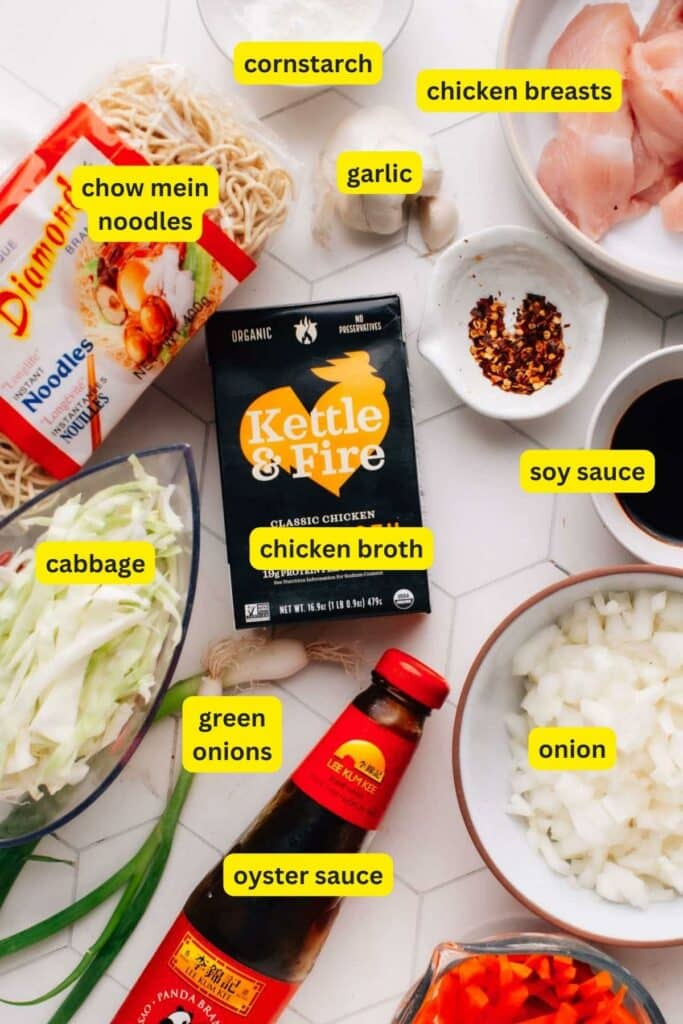
Variations and Substitutions
Switch it up with some of these options:
- Protein: Substitute chicken with shrimp, beef, pork or tofu.
- Gluten-free: Use gluten-free chow mein noodles and tamari instead of soy sauce.
- Veggies: Feel free to add or substitute veggies like celery, water chestnuts, snow peas, bok choy, bell peppers, mushrooms, or fresh bean sprouts.
- Spice it up: Saute in some minced fresh ginger along with the garlic, and/or add some white pepper or red pepper flakes for extra heat.
- Flavor Boost: If you have them on hand, a splash of Chinese cooking wine and/or a drizzle of toasted sesame oil in the sauce elevate the dish. Sesame seeds sprinkled on top are also nice.
How are Chow Mein Noodles Different From Other Noodles at the Grocery Store?
Chow mein noodles are Chinese egg noodles made from wheat flour, with a firm and slightly chewy texture ideal for stir-frying. They are special because they are able to withstand the high heat of stir-frying without becoming mushy or falling apart, a quality not shared by all types of noodles.
They come in various sizes and shapes but are typically thin and long. While they can be found fresh or dried, using fresh egg noodles will enhance your chow mein.
You can find them at your local Asian grocery store and at most other supermarkets you’ll find them in the Asian food aisle. They may be sold fresh or dried. The fresh ones usually need to be used within a few days of purchase and are generally found in the refrigerator section. Dried ones have a longer shelf life and can be stored in your pantry.
How to Make this Easy Chow Mein Recipe: Simple Step-by-Step Directions
Ready to wok and roll? (Sorry/not sorry.) Your ultimate chow mein noodles are just a stir-fry away! Follow these directions to achieve that takeout-level goodness. All you need is a wok or a large skillet, some tongs, a pot for boiling the noodles, and a sharp knife:
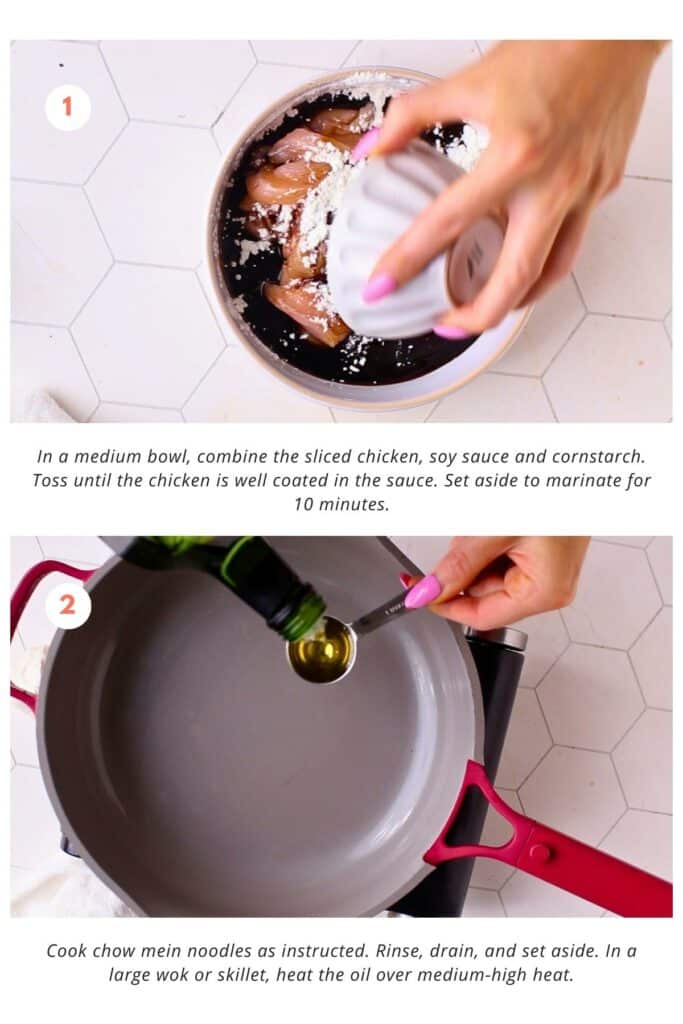
- Marinate: Toss chicken, soy sauce, and cornstarch; set aside.
- Cook Noodles: Boil briefly, rinse in cold water, drain.
- Chicken: Stir fry in hot oil; set aside.
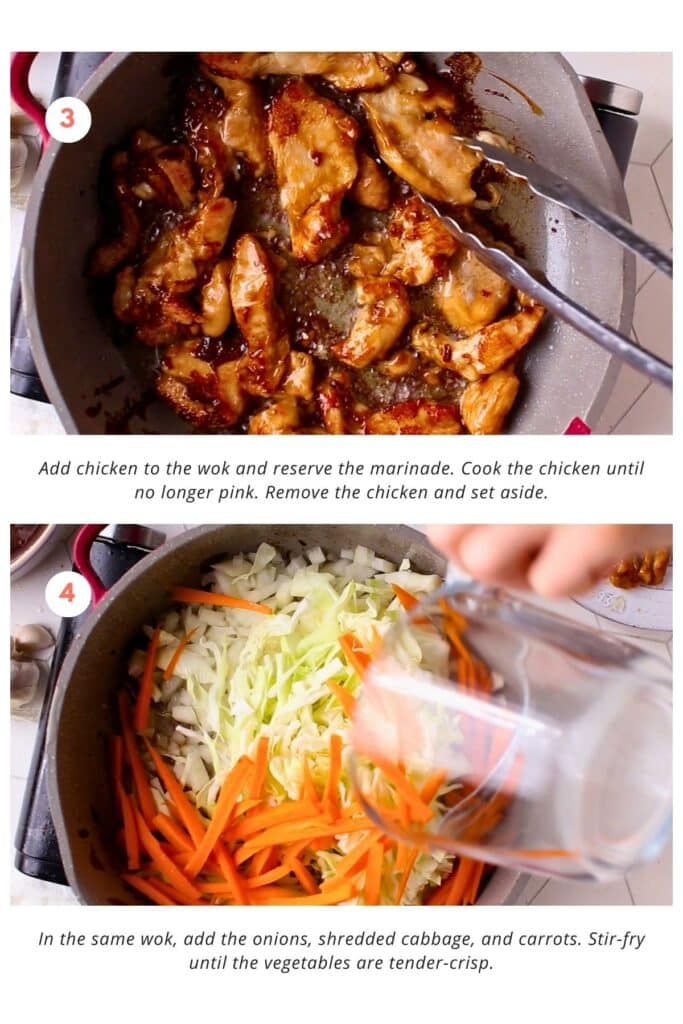
- Vegetables: Same wok, stir-fry until tender-crisp.
- Chow Mein sauce: Add chicken broth, oyster sauce, and reserved marinade.
- Combine: Mix in noodles and chicken; heat through.
- Garnish: Add chopped green onions for a burst of color.
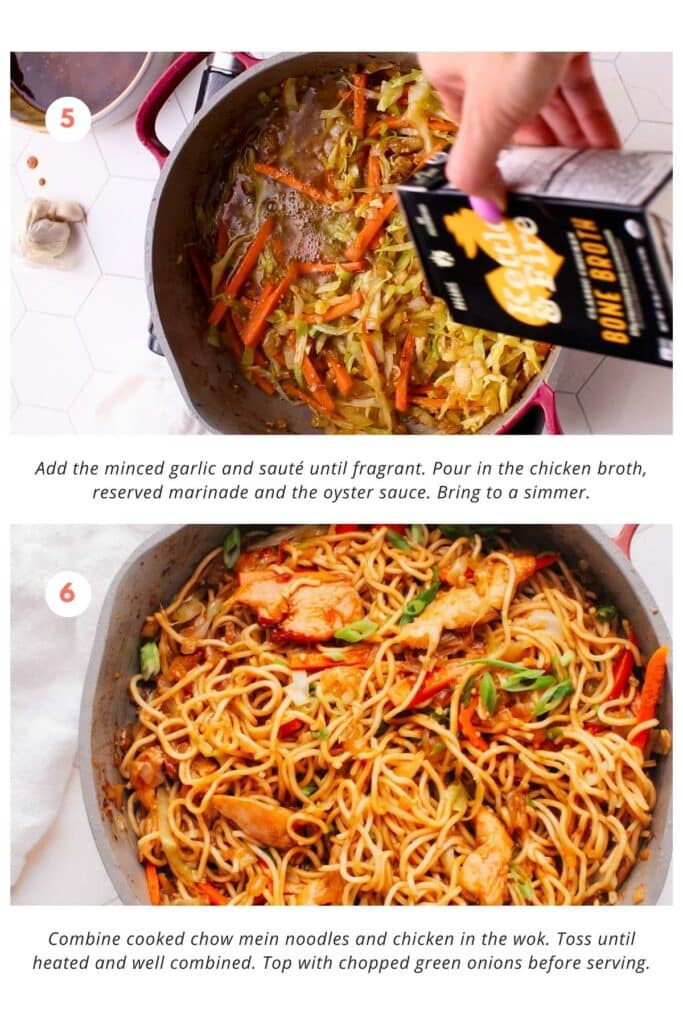
Make Ahead and Storage
Looking to prep in advance or keep leftovers fresh? Here are your options:
- Refrigerate: Chow Mein stores well in the fridge for up to 2-3 days.
- Freeze: Freeze individual portions in airtight containers. Reheat in the microwave or in a wok.
- Meal Prep: Prepare the chicken marinade and chop the veggies ahead of time for quicker cooking.
5 Common Mistakes People Make When Cooking Chow Mein at Home
- Overcooking the Noodles: One of the most common mistakes is overcooking the chow mein noodles, leaving them mushy rather than al dente. The key is to cook them until they’re still quite firm, as they’ll continue cooking when you add them to the stir-fry.
- Using the Wrong Oil: The type of oil you use can greatly affect the outcome. It’s essential to use oils with a high smoke point, like vegetable or peanut oil, to withstand the high heat required for stir-frying.
- Overcrowding the Pan: Adding too many ingredients at once can lower the pan’s temperature, resulting in steamed rather than stir-fried ingredients. Work in batches if necessary to maintain that high heat.
- Ignoring the Marinade: Some people skip marinating the meat but marinating even for 10 minutes helps flavor the meat, making for a tastier dish. Cornstarch in the marinade forms a protective barrier around the meat, trapping juices inside and preventing them from evaporating during cooking. This leads to juicier, more flavorful meat.
- Chopping as you Go: Stir-frying is a quick process, and once you start, there’s no time to chop vegetables or measure sauces. A stir fry is one dish where a mise-en-place is super important. Failing to prepare all your ingredients in advance can result in a soggy chow mein.
Notes, Pro Tips, and Science-Based Secrets
- High heat: Cooking on high heat ensures crispy, not soggy, vegetables.
- Do not overcrowd: Stir-fry in batches to maintain the heat of the wok.
- Fresh noodles: If you can find them, fresh chow mein noodles take this dish to the next level. They’re often found in the grocery store with the vegetables.
- The cornstarch trick: Cornstarch forms a protective barrier around the meat, reducing the amount of moisture that is lost when the meat is exposed to heat. This shield essentially ‘traps’ juices inside the meat, preventing them from evaporating during cooking.
- To make crispy noodles: You just need to par-boil them and then fry them separately until crisp rather than boiling them and adding them directly to the stir fry. Here’s what to do. Details are in the note section of the recipe card below.

How to Serve This Chicken Chow Mein Recipe
While this chow mein stands strong on its own, it pairs wonderfully with appetizers like spring rolls. For a balanced meal, add a side of steamed bok choy or snow peas.
FAQs
Absolutely, but the texture will be a little bit different. You could also use instant ramen noodles.
Absolutely, just omit the chicken and use vegetable broth.
Add red pepper flakes or a dollop of chili oil for that extra kick.
Chicken thighs are more forgiving and tend to be juicier, but chicken breasts are more commonly used. Use whichever you prefer.
Chow Mein uses thin noodles and a lighter sauce, while Lo Mein features thicker, boiled noodles and a heavier, saucier dish.
Next reading: Pasta vs Noodles (Substitution Tips + Crucial Differences)
Homemade Asian Takeout Favs
If you’re a fan of quick and easy Chinese takeout recipes, you simply can’t miss out on these gems:

Chow Mein Noodles
Equipment
- Wok Pan or large cast iron skillet
Ingredients
For chicken marinade:
- ¾ lb boneless skinless chicken breasts thinly sliced (2 large breasts)
- 4 tablespoons soy sauce
- 2 tablespoons cornstarch
For noodles:
- 8 ounces chow mein noodles
For vegetables:
- 4 tablespoons vegetable oil
- 1 ½ cups finely-chopped onion from a 9-10-oz yellow onion
- 2 cups shredded cabbage
- 2 medium carrots julienned
- 1 ½ tbsp garlic minced
To assemble:
- 1 cup chicken broth
- 2 tbsp oyster sauce
- 4 green onions chopped
Instructions
- In a medium bowl, combine the sliced chicken, soy sauce and cornstarch. Toss until the chicken is well coated in the sauce. Set aside to marinate for 10 minutes.
- Meanwhile, cook the chow mein noodles according to the package instructions. Stop cooking when still quite firm. Rinse under cold water, drain, and set aside.
- In a large wok or skillet, heat the oil over medium-high heat.
- Use tongs to remove the chicken from the marinade, letting excess drip back into the bowl. Add chicken to the wok and reserve the marinade. Cook the chicken until no longer pink. Remove the chicken and set aside.
- In the same wok, add the onions, shredded cabbage, and carrots. Stir-fry until the vegetables are tender-crisp. Add the minced garlic and sauté until fragrant.
- Pour in the chicken broth, reserved marinade and the oyster sauce. Bring to a simmer.
- Add the cooked chow mein noodles and the chicken back into the wok. and toss everything together until well combined and heated through.
- Sprinkle with chopped green onions just before serving.
Video
Notes
- Slightly undercook the noodles when boiling them, then pat them dry with paper towels on a baking sheet.
- Heat several tablespoons of vegetable oil in a dutch oven or separate wok until shimmering hot, then fry the noodles in batches until golden brown, stirring to ensure even crispiness.
- Proceed with the recipe as directed and add these crunchy noodles in step 7 as per usual.
Nutrition
Nutrition information is automatically calculated, so should only be used as an approximation.
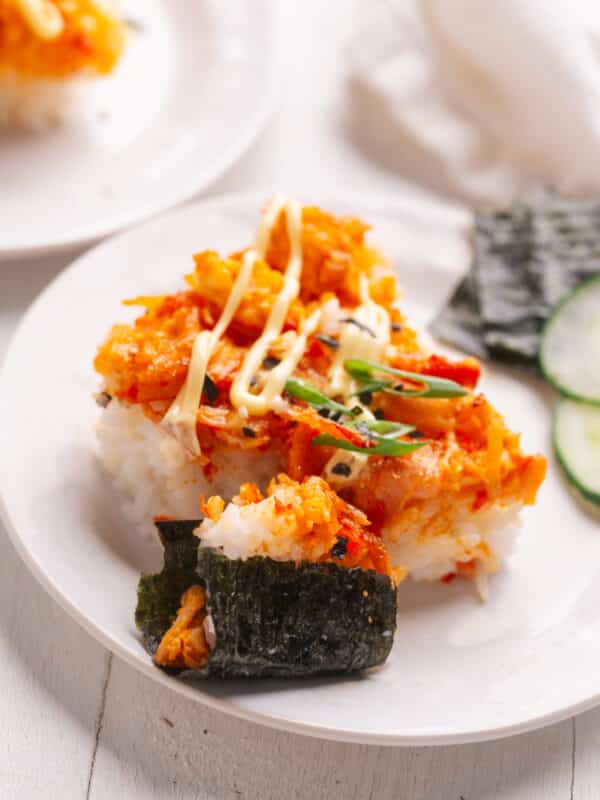

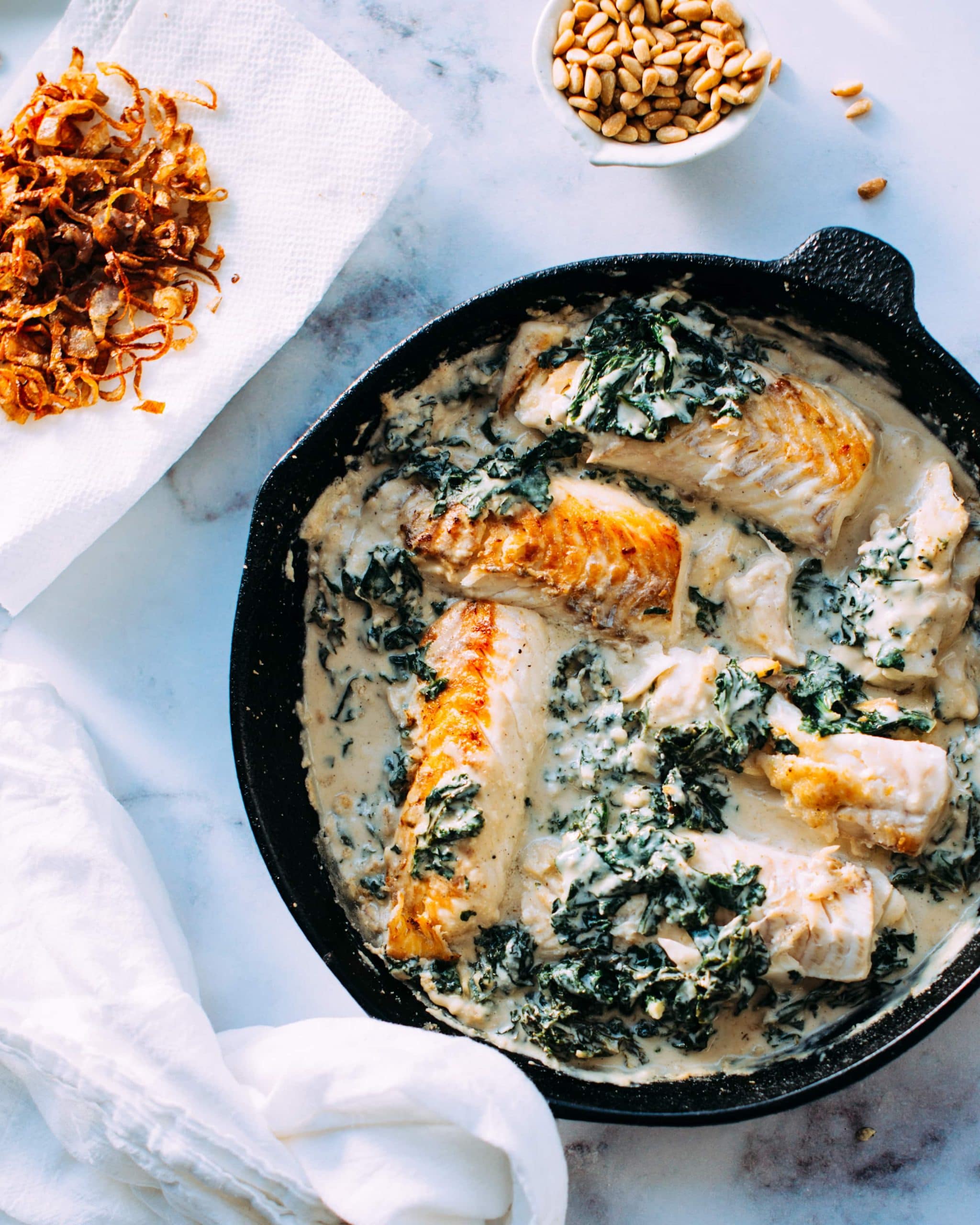

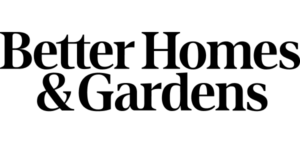
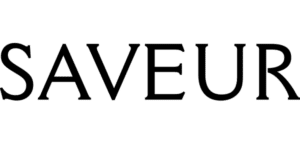
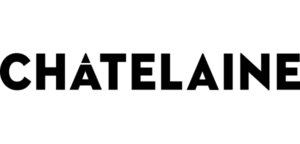
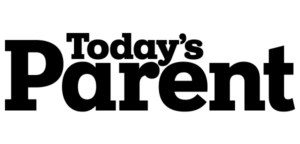







So delicious! I’ve been experimenting with adding different vegetables as well. Do you have any recommendations for sides that would go well with this for a full meal?
Hi Dina, I personally eat this as a full meal as is! When I want to boost the meal with more veggies, I’ll steam or air fry some broccoli or bok choy to include as a side dish.